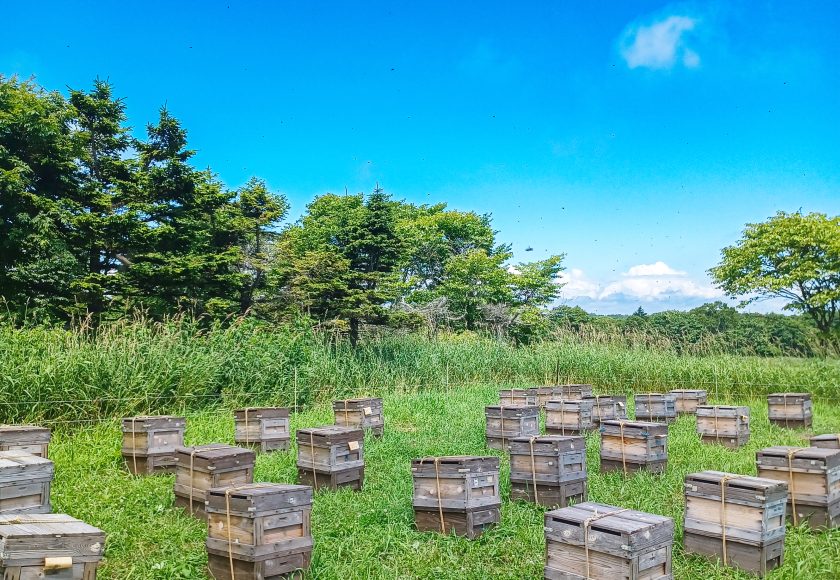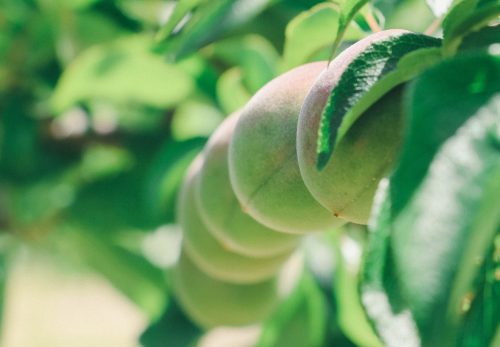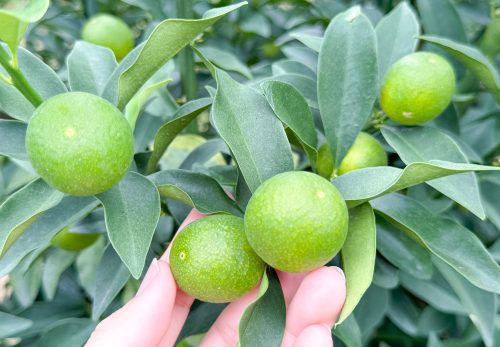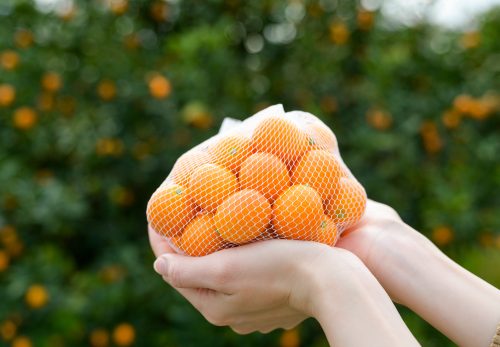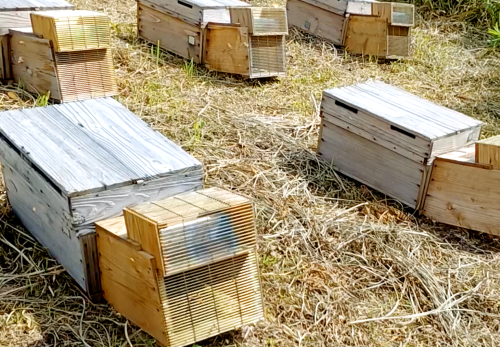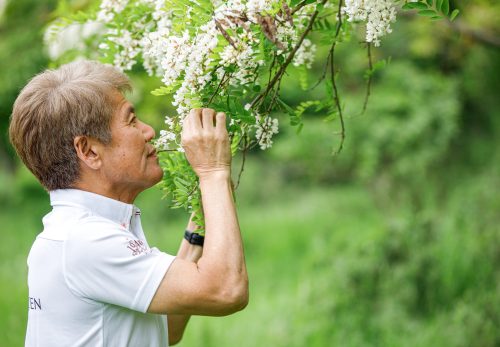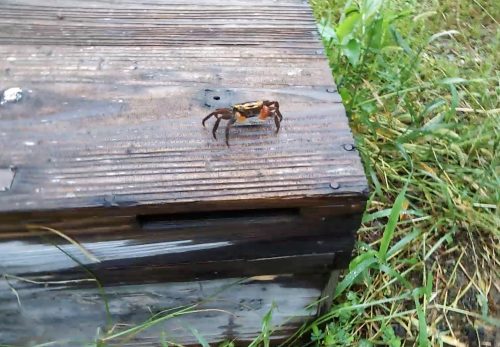In Kumamoto, it rains and is cloudy every day, and then there are times when it's scorching hot.
The weather is starting to feel summer-like.
We are also worried about the occurrence of typhoons in the future.

Meanwhile, Hokkaido is experiencing beautiful skies.
The approximately 40 million bees that were recently relocated from Kumamoto and Akita to Hokkaido,
It seems to be flying around fine.
This week we divided the bees and planted queen bees (artificial queen cells).
"Bee splitting" is the process of dividing the bees into two or more hives so that they do not become too cramped inside the hive.
The queen bee larvae are planted in the newly separated hive, and when the queen bee grows and lays eggs, a new family colony is formed. This work of separating bees requires careful observation of the bees, so it also serves the purpose of checking whether the bees are sick or injured.
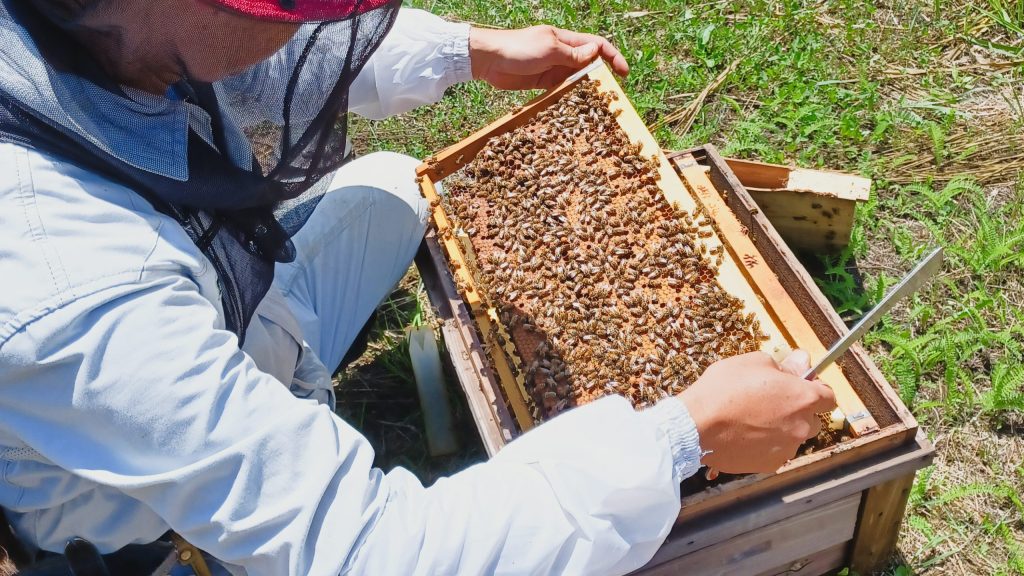
The beekeeping club members start work every morning while it is still dark, keeping a close eye on infestations of Varroa mites, which only parasitize honeybees.
This is the process of "planting a queen bee (artificial queen cell)".
The queen bee born last year has finished laying eggs, so the number of worker bees in the hive is not increasing significantly.
Therefore, it is necessary to remove last year's queen and plant a new queen larvae.
The newly born fresh queen will produce many bees, which will grow into a large family and produce a lot of honey.
According to a beekeeping club member who lives with bees every day in Hokkaido,
The weather has been good this week, so the local flowers seem to have produced a lot of nectar.
Expectations for honey harvesting are rising in Hokkaido.


